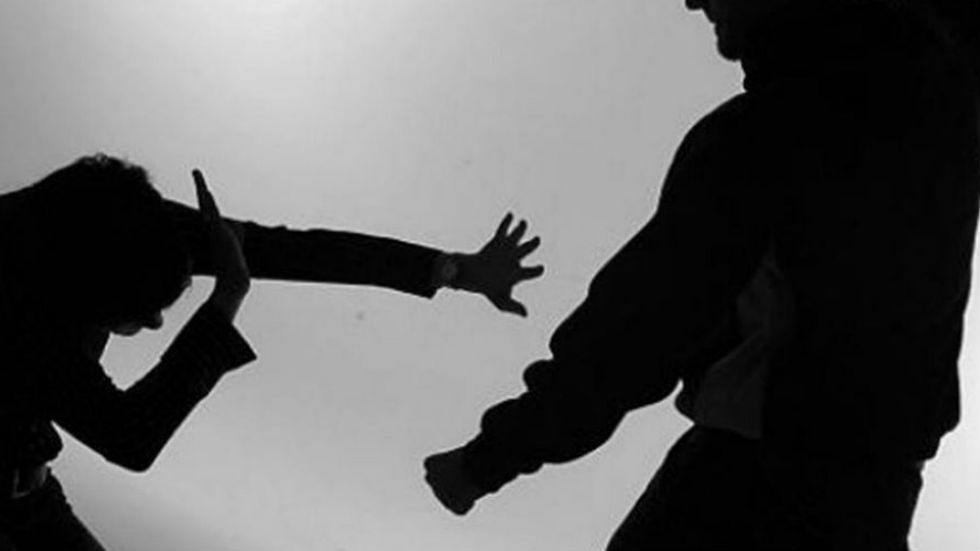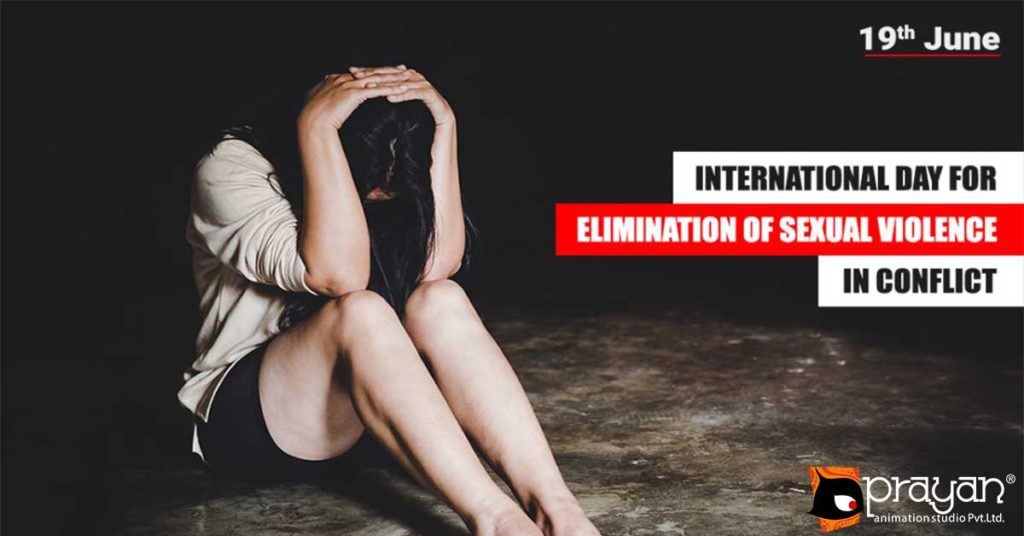

With more information on the location of crimes and the perpetrators, we can use data and knowledge on patterns of reporting to intervene. The data may be helpful both to scholars and policymakers for better understanding the patterns of sexual violence, its causes, and its consequences.Addressing sexual violence is not a negotiable condition for achieving peace. Finally, reports of sexual violence continue into the post-conflict period, sometimes at very high levels. In addition, we find that state militaries are more likely to be reported as perpetrators of sexual violence than either rebel groups or militias. Among the insights offered are that the prevalence of sexual violence varies dramatically by perpetrator group, suggesting that sexual violations are common - but not ubiquitous. We use the data to trace variation in reported conflict-related sexual violence over time, space, and actor type, and outline the dataset's potential utility for scholars. In addition to active conflict-years, the dataset also includes reports of sexual violence committed by conflict actors in the five years post-conflict. The dataset captures six dimensions of sexual violence: prevalence, perpetrators, victims, forms, location, and timing.

The unit of observation is the conflict-actor-year, allowing for detailed analysis of the patterns of perpetration of sexual violence for each conflict actor. The dataset, coded from the three most widely used sources in the quantitative human rights literature, covers 129 active conflicts, and the 625 armed actors involved in these conflicts, during the period 1989–2009. Which armed groups have perpetrated sexual violence in recent conflicts? This article presents patterns from the new Sexual Violence in Armed Conflict (SVAC) dataset.


 0 kommentar(er)
0 kommentar(er)
